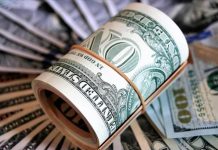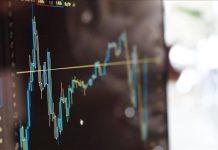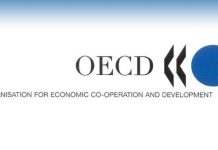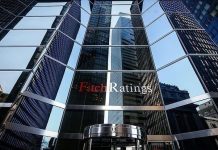AfricaPress-Tanzania: THE country’s GDP at current price grew by over 10tri/-despite population growth indicating strong economic expansion activities last year.
The GDP at current price was almost 139.9tri/-last year up from 129tr/-in previous year, though the real picture of the growth will be painted using constant price.
The Minister for Finance and Planning Dr Philip Mpango told the parliament on Thursday morning before presenting the national budget that the GDP grew despite population increase in the similar period.
“This growth was attributed to increased investment in infrastructure…the increase in the extraction of minerals especially gold and coal, and the increase in production of agricultural produce,” Dr Mpango said when presenting the Economic Survey 2019 Report and the National Development Plan 2020/21.
The minister named the infrastructure projects as construction of rails, roads and airports and the availability of reliable electricity and also the improvement of transportation services.
The mainland was estimated to have a population of 54,265,158 million people last year compared to an estimated population of 52,619,314 in 2018.
An Economist, Dr Hildebrand Shayo said the GDP grew despite being reduced speed by the population growth signifying strong economic activities.
“Population is growing meaning it reduces speed per capital growth…generally isn’t bad since we are looking to middle income we are on track to achieve 1,500 US dollars by 2025,” Dr Shayo, who is also an investment banker, said.
The per capita GDP for last year increase by 5.1 percent to 2,577,967/-compared to 2,452,406/-in 2018. Similarly, in terms of US dollar, average per capita income increased from 1,078 in 2018 to 1,121 last year.
The minister told the August House that the last year GDP grew at 7.0 percent same as in the previous year.
The economic activities with the highest growth rates include mining and quarrying (17.7 percent), construction (14.8 percent), arts and entertainment (11.2 percent), and transport and storage (8.7 percent).







